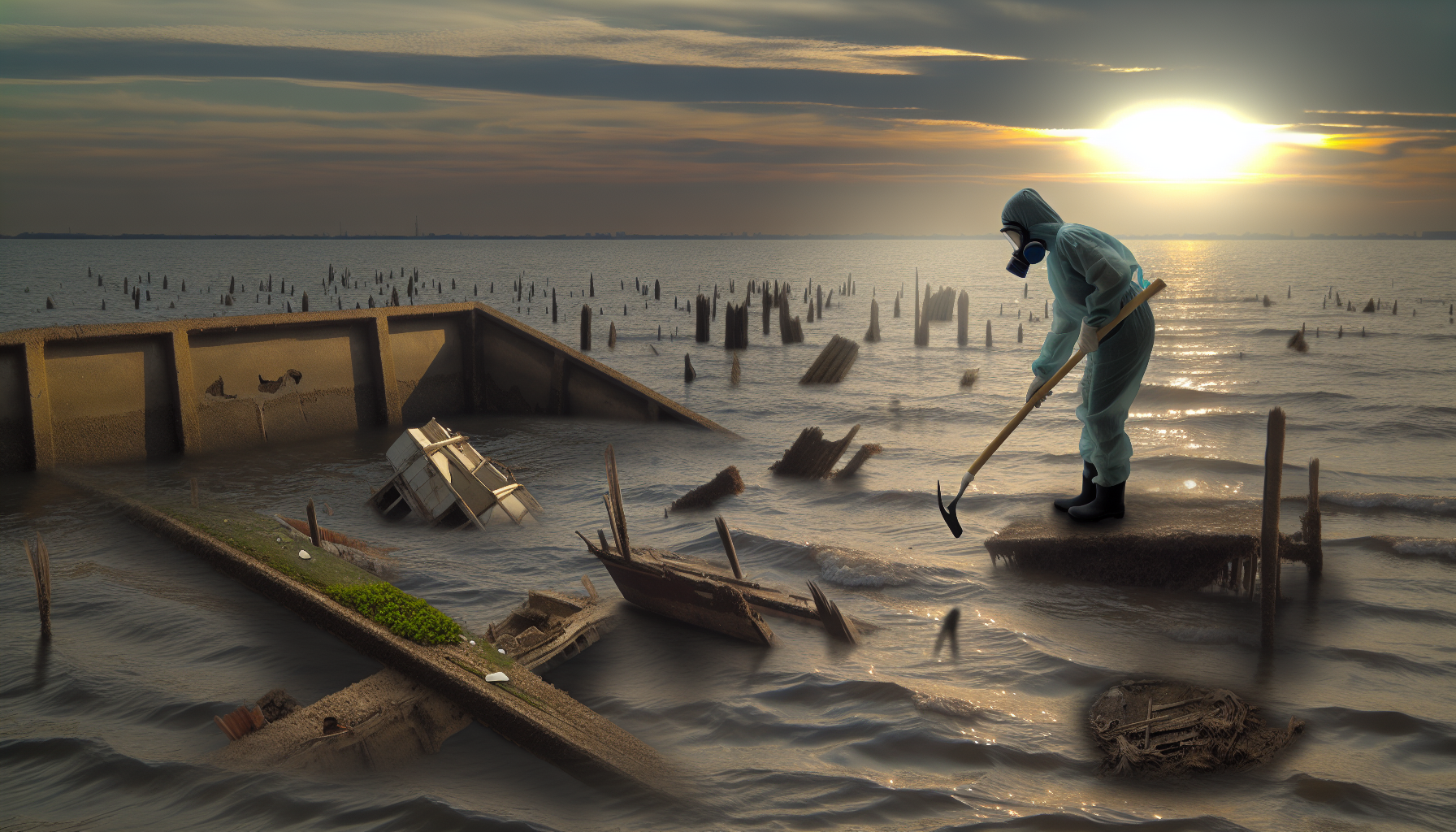The irrefutable advance of the ocean has relentlessly claimed once-thriving landscapes, transforming them into brackish canvases of desolation. The incessant rise of water levels, juxtaposed against a backdrop of destructive human activities, paints a grim portrait of the future of our coasts. Amidst the dire narrative of climate change, the concept of coastal conservation appears almost quixotic—a valiant but ultimately doomed attempt to hold the tide.
Yet, amidst this bleak tableau, a fringe of determined souls cling to the belief that coastal conservation efforts are not only valuable but vital. Their disparate voices echo around the world, from the sunken promenades of Miami to the sandbagged edges of the Pacific isles, in an urgent plea for preservation.
Studies indicate an irreversible trend: by 2100, we anticipate sea levels to surge by at least two feet, inundating millions of square miles of land, displacing communities, and erasing history. Experts proffer a bleak prophecy—those diverse ecosystems and ancient sites whispering of past human civilizations, scoped by our previous article “Frozen Tombs – Unearthed Histories from Melting Ice,” are merely the harbingers of a global catastrophe.
In this predicament, is coastal conservation an exercise in futility or the last bastion of hope for our environment? One might argue that the value of conservation endures beyond the pragmatism of protection, serving instead as a rallying cry for collective action and an incubator for innovative responses to environmental challenges.
The architects of adaptation propose radical solutions: constructing artificial barrier reefs, innovating floating infrastructures, and embracing the concept of ‘living with water’. In the Netherlands, the existence of the ‘Room for the River’ program stands as a testament to the resilience of human ingenuity in the face of inundation. These initiatives inspire wonder and, admittedly, a touch of folly in their audacity.
Opponents of this costly and relentless struggle pose a critical question: at what point does perseverance become a Sisyphean plight, a continual draining of resources into the endless abyss of rising waters? The advocates for surrender promote ‘strategic withdrawal’—the deliberate abandonment and relocation of coastal populations to safer grounds—as a sobering yet realistic resolution.
The incessant dance between the tenacity of coastal conservationists and the inexorable might of nature’s surge yields a narrative not entirely devoid of hope, but heavily shrouded in ambiguity. The discussion oscillates between desperate calls for more robust environmental policies and the pragmatic acceptance that some battles, perhaps, are meant to be conceded.
What, then, should be the takeaway for a reader navigating these contradicting currents? Should one fix their gaze upon the progressive erosion of coastal sanctuaries, or gird themselves for the unyielding approach of nature’s deluge?
To persist in the quest for coastal conservation is to acknowledge its twofold significance: as a resilient symbol of defiance against the creeping inevitability of loss, and as a medium for understanding and mitigating the multidimensional impacts of our ecological recklessness. Perhaps the endeavor is less about charting the victory of human obstinacy and more about fostering a legacy of awareness and sustainability for coming generations.
Should we concede to the embrace of the forlorn surge, or fight the swell with a tapestry of preservation stitched together by hope, ambition, and the unyielding human spirit? Ultimately, the narrative of coastal conservation may indeed serve as the chronicle of a despondent future, a solemn elegy to the grandeur of what once was—or stand tall as a beacon of unremitting commitment to the stewardship of our planet.
